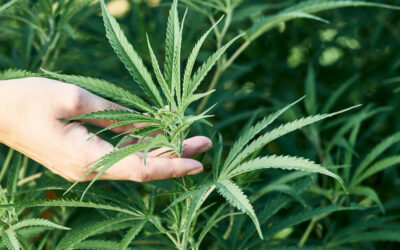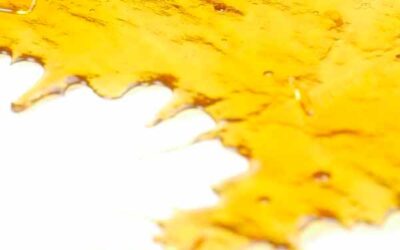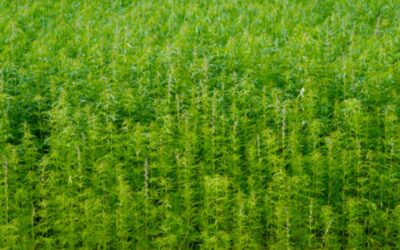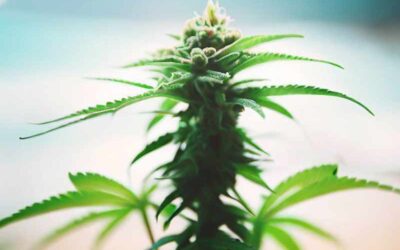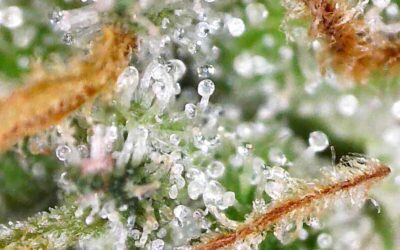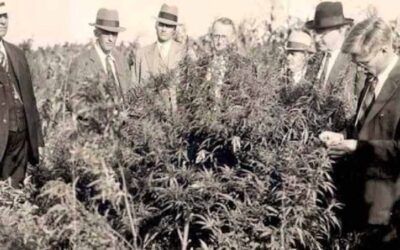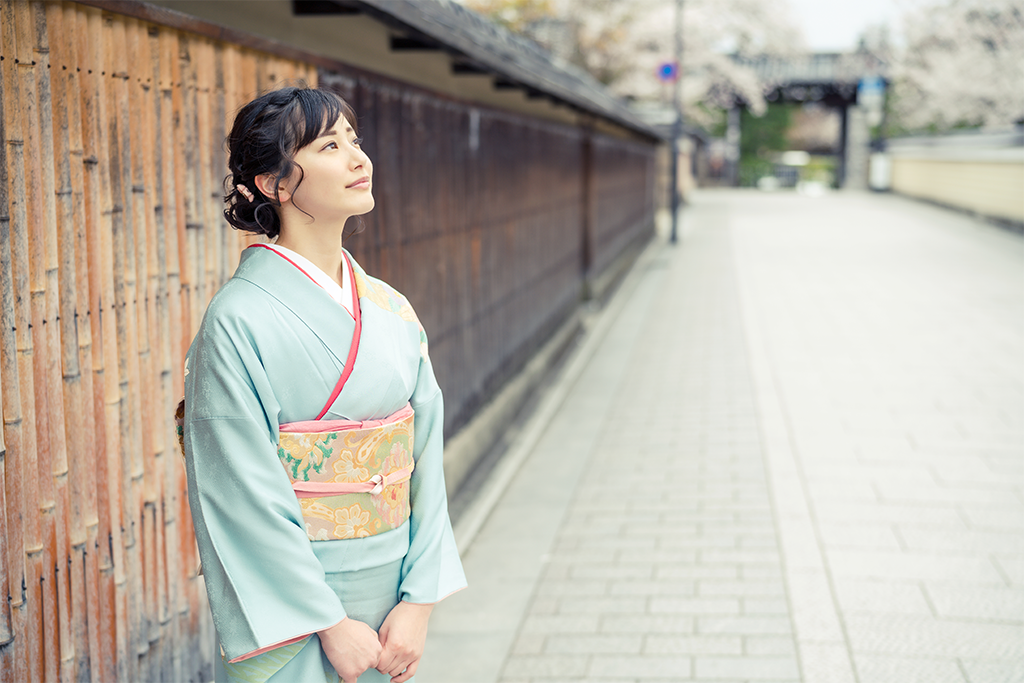
The Hemp Kimono
One of the most recognised items of clothing from Japan is the Kimono. It has a long traditional history but did you know, that it was introduced by the Chinese to Japan in the Yamato period (300 – 710CE)?
The traditional Japanese garment known as the kimono holds significant cultural importance, not only for its aesthetic appeal but also for its practical adaptation to Japan’s changing seasons. Three distinct types of kimonos are worn to accommodate the varying weather conditions throughout the year.
- Awase Kimono: This type of kimono is designed for the colder months, typically worn from October to May. The “awase” kimono is constructed with multiple layers of fabric, providing warmth and insulation against the chillier temperatures prevalent during autumn and winter.
- Hitoe Kimono: In contrast, the “hitoe” kimono is worn during the warmer months, from June to September. It is characterized by its single-layered construction, allowing for breathability and comfort in the heat of summer.
- Usumono Kimono: Specifically tailored for the peak of summer, the “usumono” kimono is worn exclusively during the months of July and August. Traditionally crafted from hemp fabric, this kimono offers exceptional breathability and moisture absorption properties, essential for combating the intense humidity experienced during this time of year in Japan.
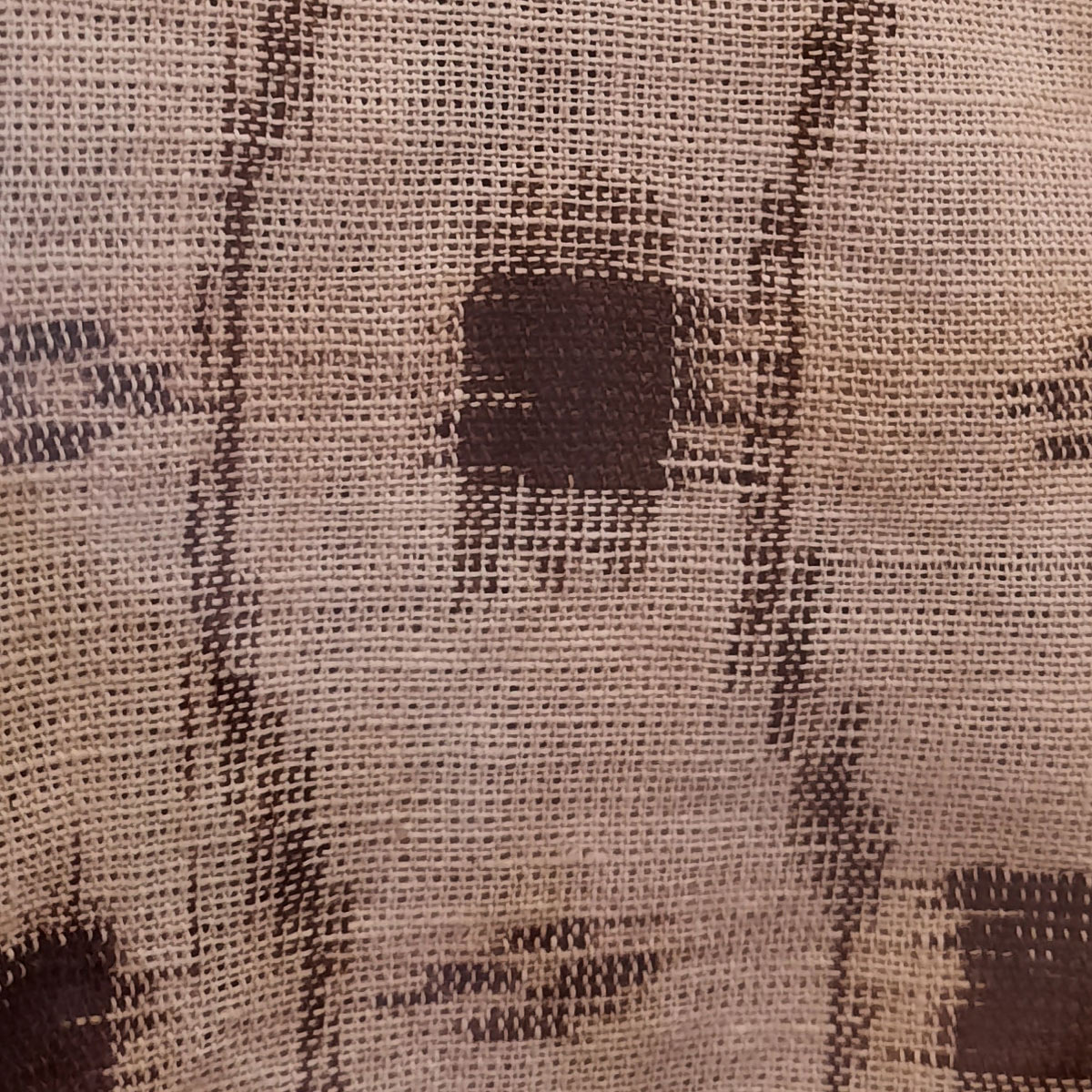
A close-up of the woven hemp fibers from the Kimono on display in the Cannabis Museum Amsterdam
The Cultural Significance of Hemp in Usumono Kimonos
The choice of hemp as the primary material for the usumono kimono is rooted in its natural qualities. Hemp fibres are renowned for their durability, breathability, and ability to wick away moisture, making them ideal for staying cool and comfortable in hot and humid conditions.
Although the kimono is no longer a part of everyday attire in modern Japan, it remains deeply ingrained in the country’s cultural fabric. The garment continues to hold significance for special occasions such as summer festivals, weddings, funerals, and tea ceremonies. Its timeless elegance and connection to tradition ensure that the kimono remains a cherished symbol of Japanese heritage, preserved and celebrated through generations.
Hemp production in Japan
The historical significance of hemp in Japan traces back thousands of years, with evidence of its use dating back to the ancient Jomon period (4000 BC to 400 BC). During this era, the Jomon people utilized hemp not only for clothing but also for various practical purposes, such as crafting bow strings and fishing lines, highlighting the versatile nature of this resilient plant.
The importance of hemp continued into the subsequent Jomon period (300 BC to 300 AD), where Emperor Jinmu recognized its value and issued a decree mandating the cultivation of hemp across the entire country. This widespread cultivation initiative underscored the integral role hemp played in Japan’s economy and daily life during this time.
Throughout Japan’s history, hemp remained a vital crop, cultivated and utilized for its fibers and other beneficial properties. However, the end of World War II brought about significant changes. With the United States occupying Japan, American authorities enforced their anti-hemp stance, mirroring the legislative actions taken in the U.S. in 1937. Consequently, in July of 1948, the Cannabis Control Act was enacted in Japan, effectively prohibiting the cultivation and use of cannabis, including hemp.
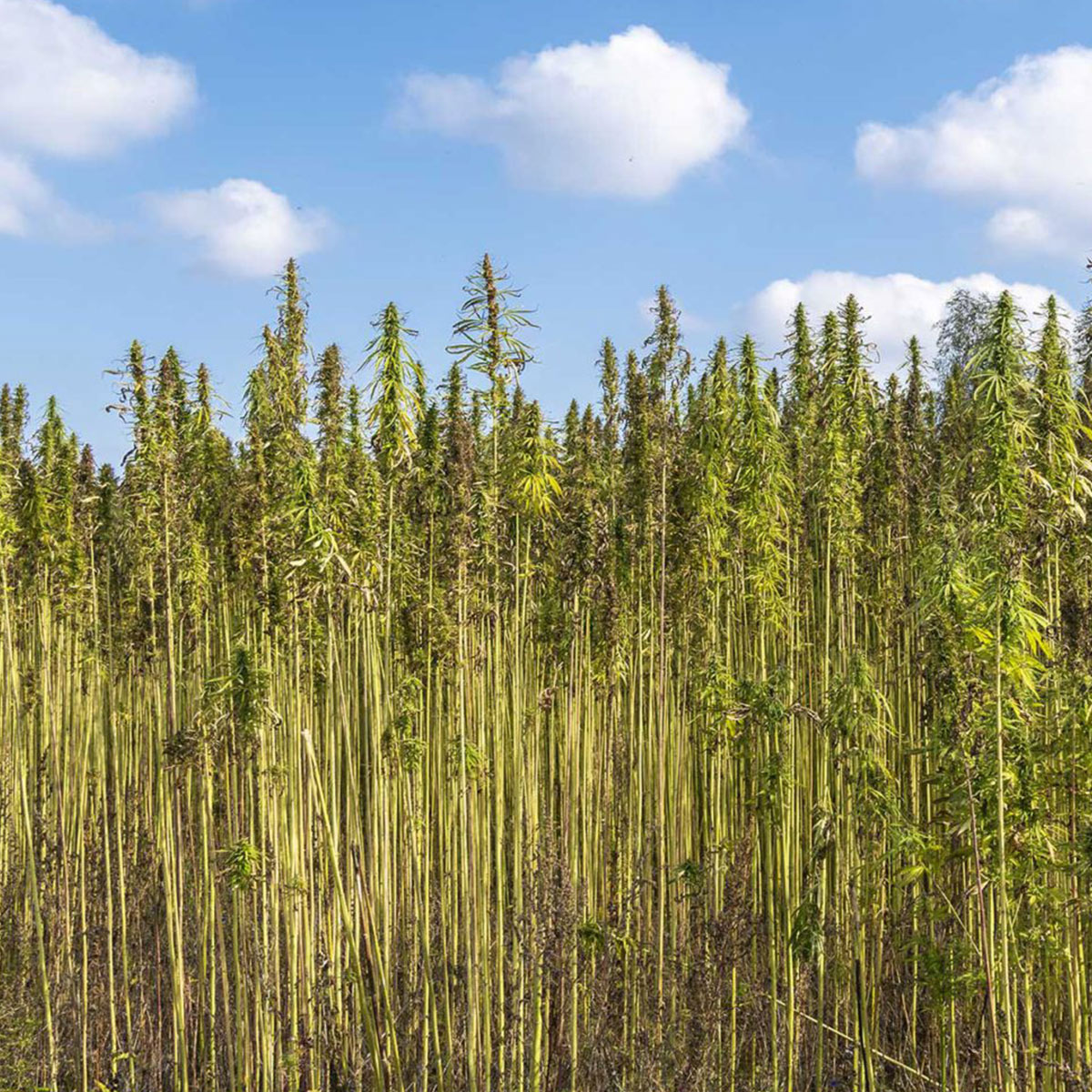
Despite the strict regulations imposed by the Cannabis Control Act, Japan’s agricultural landscape still includes hemp production, albeit under stringent guidelines outlined by the law. Licensed cannabis farms are permitted to cultivate a specific strain known as Tochigi Shiro, which is low in THC (tetrahydrocannabinol), the psychoactive compound found in cannabis. This strain, developed in the postwar period, adheres to the legal parameters established by the Cannabis Control Act, allowing for controlled cultivation while upholding the anti-cannabis policy in Japan.
Today, hemp production in Japan continues under the careful oversight of regulatory authorities, reflecting a balance between preserving cultural heritage, adhering to legal mandates, and meeting contemporary agricultural demands.


